Sand is an extremely needful material for the construction but this important material must be purchased with all care and vigilance. It is an extremely fine aggregate used in many different applications, including concrete, backfill, landscaping, surface treatments, and snow and ice control. What most people fail to realize is that not all land is created equal, and some are best used for certain applications instead of others. It is important to know what type of sand is beneficial for construction purposes as sand is also classified into different forms that make it suitable for the specific type of construction.
Different types of sand
Concrete Sand
It is obtained from crushed concrete with a mixture of asphalt and cement. It is crushed in the quarry and filtered to remove large rock fragments. Mixing sand and water with it reduces its coarseness and is used in leveling base layers, constructing walking paths etc. Since the grains of this kind of sand is small, they can be used to construct softer pavements. It provides fundamental rigidity to the base of a building. When mixed with cement and water, the solid mass can be used to fill the voids between coarse aggregates. It is smaller-grained when compared to crushed stone sand and hence can be used to construct softer pavements.
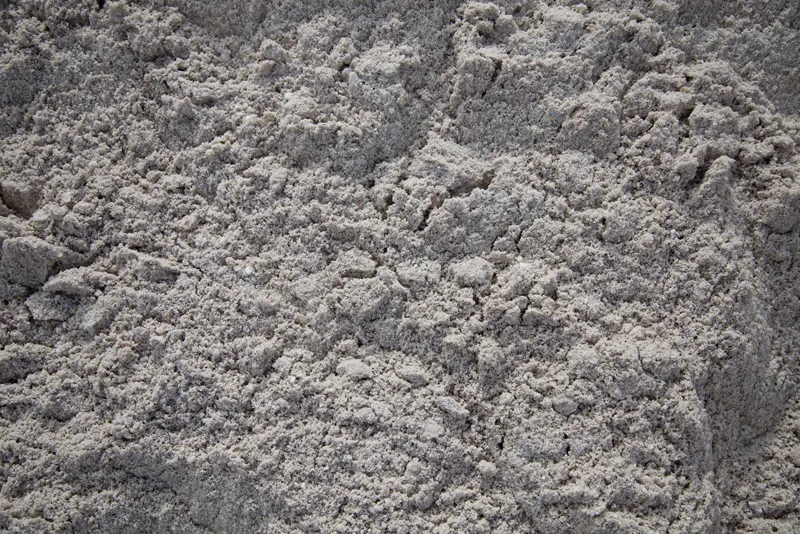
Fill Sand
It is a recycled by-product of crushed bricks, tiles, concrete etc. suitable for use as a base for concrete, paving and paths as it compacts down solid. It is also useful for filling in trenches around pipes but is too coarse to fill around the electrical conduit. It is used for filling made up of a combination of sand grains and aggregates and is a primary base material. It is a common material used in both residential and commercial construction projects. Its properties of excellent compaction make it the perfect base material for several purposes during the construction of a building. It provides a lot of advantages when used in wet areas to fix drainage problems by serving as backfill around septic tanks.
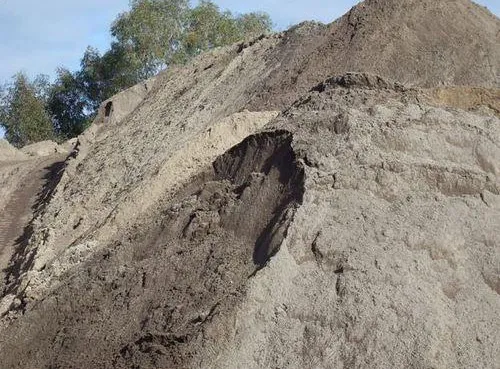
Coarse Sand
Coarse Sand is ideal for bedding pipes and septic systems, as a base material for concrete slabs or concrete pavers, as traction sand for roads and sidewalks, and mixing with topsoil and mulch to create a top dressing material for planting lawns. It can easily be mixed with water, aggregate and even cement to form large concrete structures.
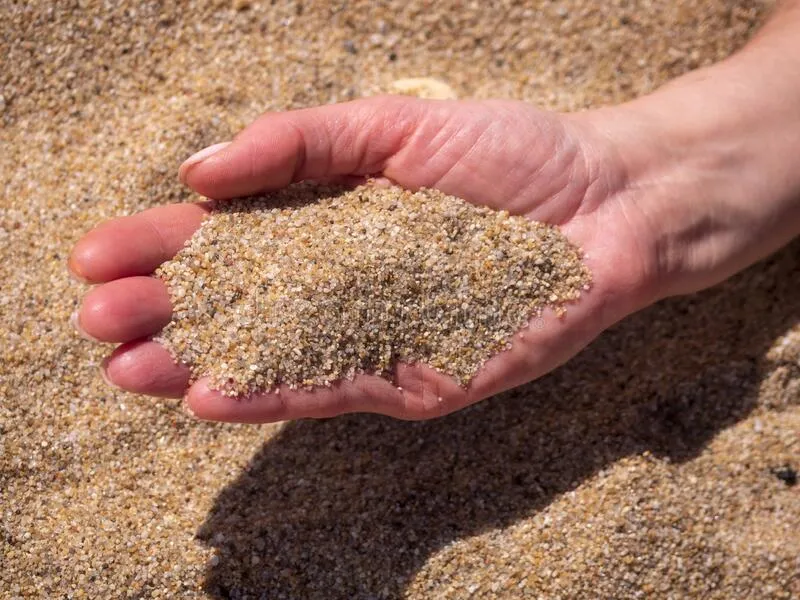
Utility Sand
This type of sand is produced from industrial quartz of high quality. This type of construction sand provides excellent compaction and good mechanical properties due to its uniform grain shapes. It can be used in corrosive environments since they are non-reactive. Its excellent quality of compaction and better mechanical features make it a branded construction material. It can also be used in corrosive environments as they do not easily react. The presence of 100% natural minerals in its uniformed grain shape provides long-lasting stability and durability to the building.

Pit Sand
It is a natural and coarse type of sand that is extracted by digging 2-3m underneath the ground. It’s red-orange due to the presence of iron oxide around the grains. Usually found, 2-3 metres underground, pet sand is a core sand type that is obtained naturally from deep pits. The outstanding binding properties of these sand grains are due to the absence of salts and their non-reactive nature with the atmospheric moisture. The grains are sharp, angular, rough and coarse appearing “red-orange” for the presence of iron oxide in it. They appear in red-orange due to the presence of iron oxide. The grains of these construction sands are free from salts and hence they don’t easily react with the moisture present in the atmosphere. Due to this property, they provide a strong and rigid building.
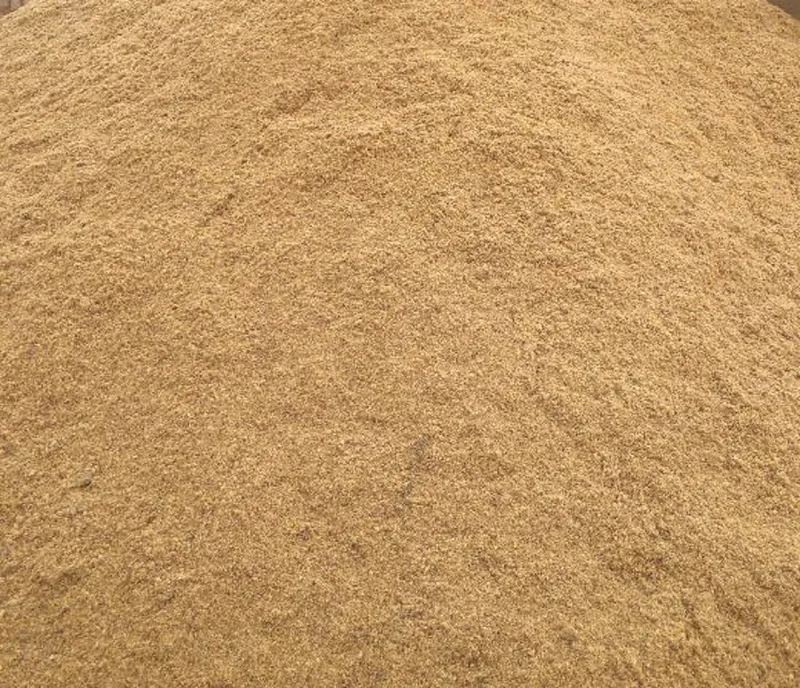
Fine Sand
It is a naturally occurring material with a nominal size of fewer than 5 millimeters with a high percentage of fines on the 75 micron sieve. It is used in plastering walls that offer a top-notch finish to each corner of a house internally is fine sand. It’s fine particles make the walls smoother and stronger from the core. As a result, it holds wall colours more prominently for years. However, fine sand is used with coarse sand to make the walls more concrete and withstand heavy building structures.

River Sand
It falls under the fine quality of construction sands which are found near river banks and streams. This sand is white-gray and is one of the fine-graded sands used in the construction of buildings. They are mainly used in concrete and masonry work. They can also be used for RCC, plastering, and many other brick or block works. This sand consists of a smoother texture and a better shape of grains. The river or natural sand demands very less water. River sand since naturally obtained is cheaper.

Manufactured Sand
It is artificial sand produced from crushing hard stones into small sand-sized angular-shaped particles, washed and finely graded to be used as construction aggregate. The sand obtained through this process is further refined by removing fine particles and impurities through sieving and washing.
It is manufactured in the factory and plays a substitute role for the river sand for complete construction. Being artificially manufactured, it is devoid of sealed and oversized materials and impurities. It is easily available in the market and is known to provide better durability and high tensile strength to the concrete. Due to the depletion of good quality river sand for the use of construction, the use of manufactured sand has increased. Another reason for the use of M-Sand is its availability and transportation cost. Since manufactured sand can be crushed from hard granite rocks, it can be readily available at the nearby place, reducing the cost of transportation from far-off river sand beds. Thus, the cost of construction can be controlled by the use of manufactured sand as an alternative material for construction.
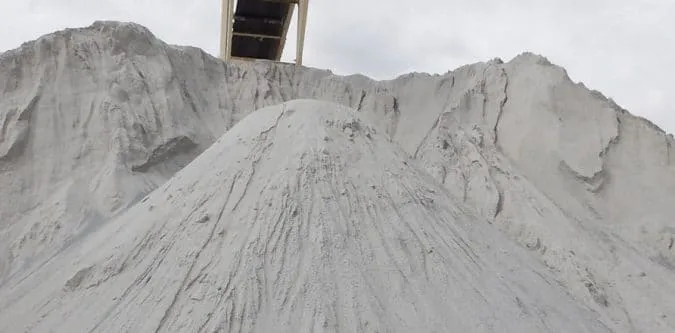
Conclusion
When choosing the types of sand, it is essential to consider certain factors. This includes silt content, it should be free from organic materials and it should not contain any kind of impurities. Moreover, each type of sand provides different properties which should be analyzed well before using them for construction purposes.For Construction Invoice Templates see Vantazo.com

